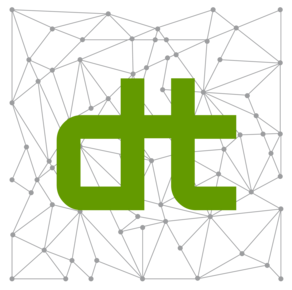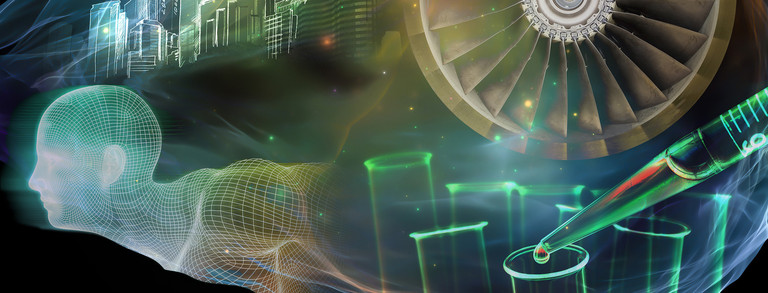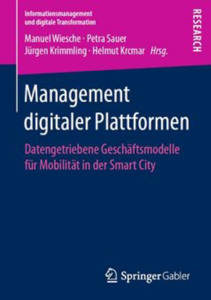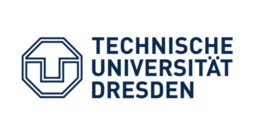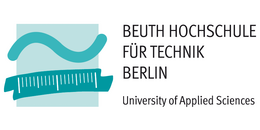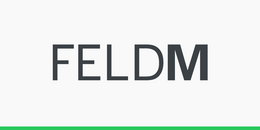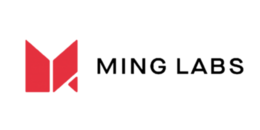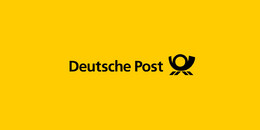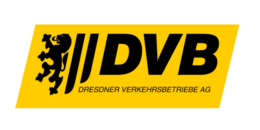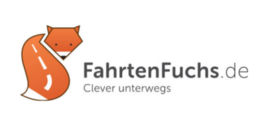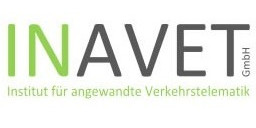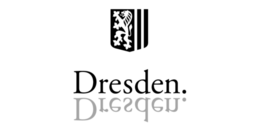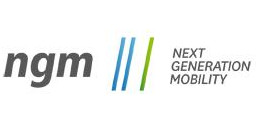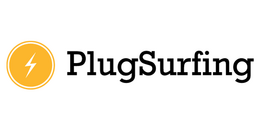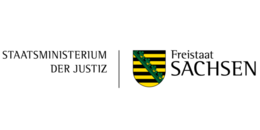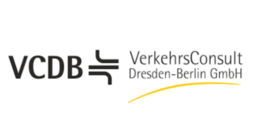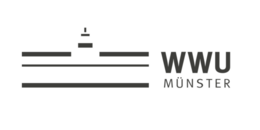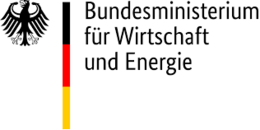Real-time analytics and crowdsourcing for self-organized urban logistics
(carried out at the TU Munich)

Context
Mobility services such as car sharing or routing are widespread for end users and large companies. From mobile applications for intermodal travel to car sharing concepts for companies, there is a wide variety of offerings. However, these are often not suitable for small and medium-sized enterprises (SMEs).
Often, services for end users do not meet companies' reliability requirements or cannot be integrated into business processes. In addition, services for large companies require economies of scale that cannot be realized in SMEs due to their size.
Project Goal
The aim of the project is to develop a platform that enables integrated mobility services for SMEs. Based on location, traffic and operational data, a crowdsourcing approach ensures decentralized, flexible, and up-to-date mobility services. With the help of these services, SMEs can improve their inner-city logistics processes.
Implementation
To achieve the project goal, a platform is being developed that integrates data from various project partners, applies scalable data mining methods to process the data, and makes the processed data available for mobile applications. In addition, several exemplary mobile applications will demonstrate how SMEs can improve their logistics using data hosted on the platform. The platform and mobile services are being deployed in a field test in the city of Dresden.
The project will be carried out in three successive iterations, each of which will refine and improve the project deliverables. The first iteration will result in an initial deployable version of the crowdsourcing platform and exemplar mobile applications. The second and third implementations improve the platform, integrating feedback from the field testing. Each iteration includes three phases: Concept, Development, and Evaluation phase. Throughout the project, a continuous communication phase ensures that all relevant stakeholders are informed about the realized project results.
Work Packages
- Identification of user needs and development of scenarios
- Concept development for a crowdsourcing platform that enables self-organized urban logistics
- Scalable data mining and data management on the crowdsourcing platform
- Creation and management of a community on the crowdsourcing platform
- Development and deployment of mobile applications
- Field testing to evaluate the concept and the platform
Benefit
The project shows how heterogeneous data sources can be aggregated and integrated on one platform to enable data-driven services - it transforms Big Data into Smart Data.
The architecture of the platform with its user interfaces and governance mechanisms is a facilitator for integrated service providers, business customers, end users and public administration. The entire ecosystem can benefit from the data hosted on the platform and continuously generate more data. The data management technologies developed, as well as the platform architecture, create value beyond the ExCELL project. Through a reference model, the platform can be deployed in other cities or regions and adapted to data-driven contexts other than mobility.
Project Results
The results of the project have been published as an anthology: "Management digitaler Plattformen".

